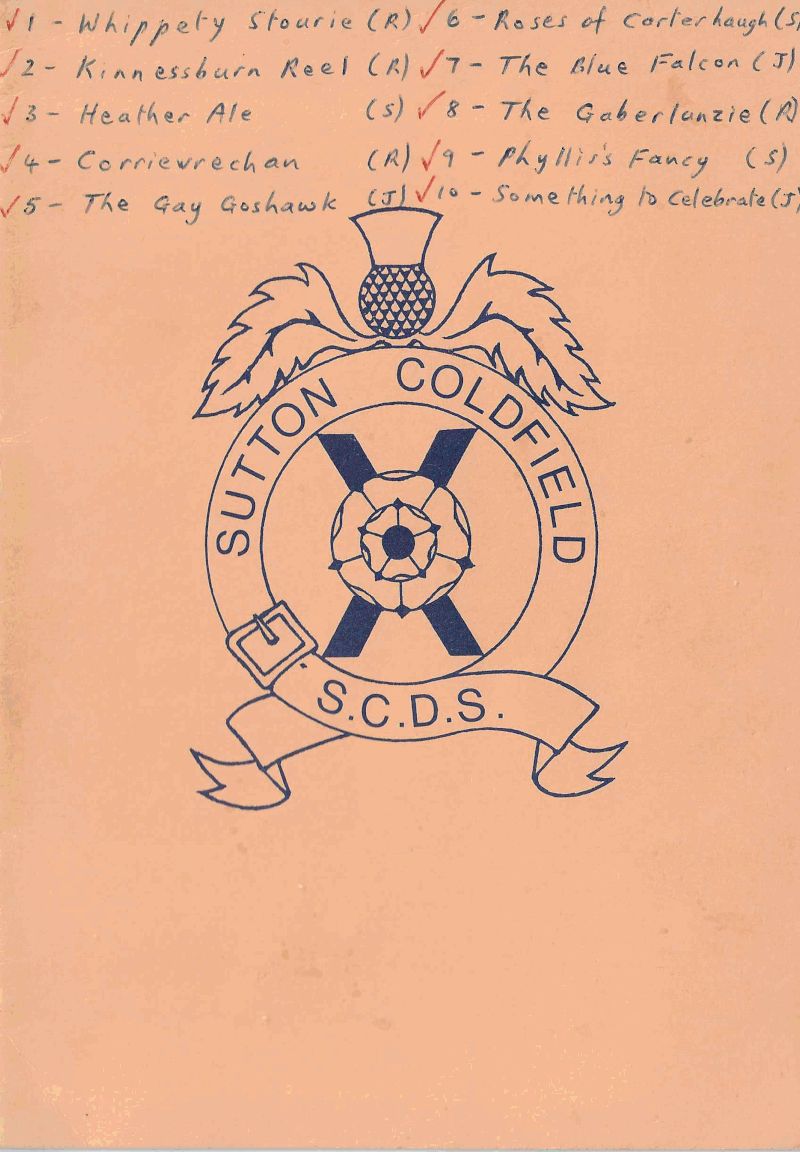Barry Priddey
 Barry Frank James Priddey was born in Handsworth, Birmingham in 1928. His mother died when Barry and his sister Sheila were very young, which led to the children being brought up by different aunts as well as their father; a life of much upheaval. He nevertheless excelled academically, passing the exams to go to the King Edward VI Aston grammar school and later gaining a BA at the University of Birmingham. After graduating he went on to become a teacher. He taught at a number of local schools, dedicating himself particularly to helping the under-privileged.
Barry Frank James Priddey was born in Handsworth, Birmingham in 1928. His mother died when Barry and his sister Sheila were very young, which led to the children being brought up by different aunts as well as their father; a life of much upheaval. He nevertheless excelled academically, passing the exams to go to the King Edward VI Aston grammar school and later gaining a BA at the University of Birmingham. After graduating he went on to become a teacher. He taught at a number of local schools, dedicating himself particularly to helping the under-privileged.
He was an accomplished oboe, clarinet and piano player as well as being a talented artist. Whilst an undergraduate he also became interested in socialism, which perhaps fuelled his interest in learning Russian, at which he became as proficient as he was in German and French.

He joined Birmingham branch of the RSCDS in 1956 and gained his teaching certificate in 1961. He taught a class there from 1962-1970, then he moved to the Sutton Coldfield group (just north of Birmingham). Having taken early retirement at the age of 57, Barry threw himself into Scottish Country dancing, and but for two breaks, Barry taught from 1980 till Feb 1996. Barry produced an index of over 7000 Scottish Country Dances on his computer, which, kept up to date by the branch, has become an international resource still found valuable today.
He was the instigator of Sutton Coldfield becoming a branch of the RSCDS and ensured high standards of dancing were achieved and maintained. His skills as a teacher kept the branch thriving; a teacher that enjoys the role as much as he did can impart an amazing amount of enthusiasm and motivation.
 Barry created new formations, notably the tourbillon and alternating tandem reels (yes, he was ahead of Barry Skelton so perhaps they really should be nicknamed Falcon reels rather than dolphin).
Barry created new formations, notably the tourbillon and alternating tandem reels (yes, he was ahead of Barry Skelton so perhaps they really should be nicknamed Falcon reels rather than dolphin).
He published 13 books, and his last collection, Book 14, was published only recently. His relationship with George Meikle of the Lothian Band extended beyond the production of 3 records, and George has maintained the Sutton Coldfield Index, and still plays for the annual Barry Priddey day of dance organised by Sutton Coldfield members every April since his death to honour his memory and explore some of the more complex of his choreographies as well as for the annual October dance weekends which Barry instigated.
The current class teacher at Sutton Coldfield, Gill Jennings, has continued the tradition of dance devising, and in honour both of Barry and of the 60th anniversary of Scottish Country Dancing in Sutton Coldfield, composed “A Diamond in Sutton Coldfield”, for the Anniversary Dance held in 2019 in Sutton. This was in collaboration with Chris Dewhurst who has composed the music. You can obtain the dance instructions and the music from Gill or Chris, by writing to us.
Barry’s funeral was held on 24 April 1996 at Streetly Crematorium, Sutton Coldfield. Carol Anderson, branch member, recalls “It was a Humanist ceremony, in honour of Barry’s beliefs, it celebrated Barry’s life, a quiet perfectionist who had a profound positive impact on so many people’s lives and is very much missed by dancers and others who knew him.”
 Since his death Carol has faithfully preserved his work, on behalf of the Sutton Coldfield branch. More recently this task has been taken by the Leeds branch, who kindly offered their resources to promote his work. The project came to fruition late 2019, with the publication of four volumes of Barry’s dances, the complete collection, by Leeds, and copies can be obtained from the Leeds branch shop. The introduction covers the main points of Barry’s life, so this article has focussed on some of the lesser-known aspects, so that we can better understand the background to the life of one who has made such a great contribution to Scottish Country Dancing in our time. Beautifully produced, with original notes and diagrams, and illustrated with some of the original drawings, the books encourage us to dance to the full Barry’s marvellously choreographed creations in the spirit in which they were conceived.
Since his death Carol has faithfully preserved his work, on behalf of the Sutton Coldfield branch. More recently this task has been taken by the Leeds branch, who kindly offered their resources to promote his work. The project came to fruition late 2019, with the publication of four volumes of Barry’s dances, the complete collection, by Leeds, and copies can be obtained from the Leeds branch shop. The introduction covers the main points of Barry’s life, so this article has focussed on some of the lesser-known aspects, so that we can better understand the background to the life of one who has made such a great contribution to Scottish Country Dancing in our time. Beautifully produced, with original notes and diagrams, and illustrated with some of the original drawings, the books encourage us to dance to the full Barry’s marvellously choreographed creations in the spirit in which they were conceived.
From an article written by Frances Richardson for publication in "The Reel " magazine.
